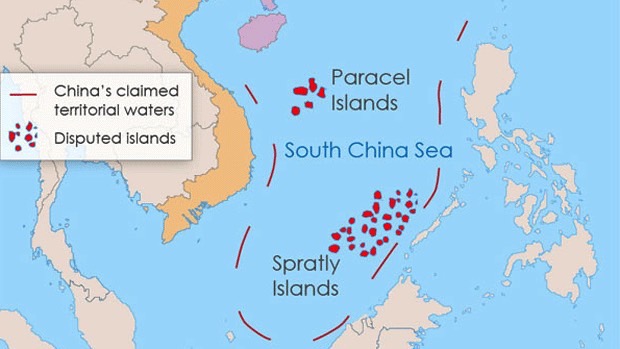By Alex P Dela Cruz*
In March 2022, the Philippines summoned China’s ambassador in Manila to protest the lingering presence of a People’s Liberation Army Navy ship in the archipelago’s southern waters in the Sulu Sea. Beijing claimed that the ship was exercising the right to pass through those waters in a “continuous and expeditious” manner, or what the UN Convention on the Law of the Sea (UNCLOS) calls “innocent passage”. (The Lowy Institute. The Interpreter.)

